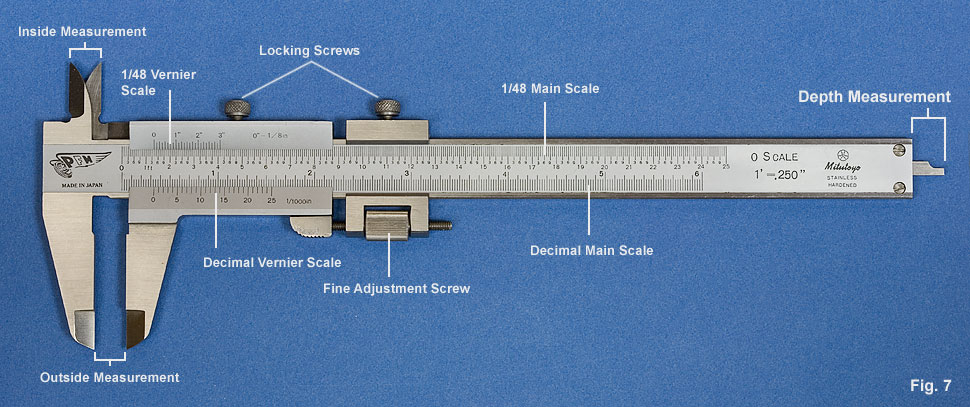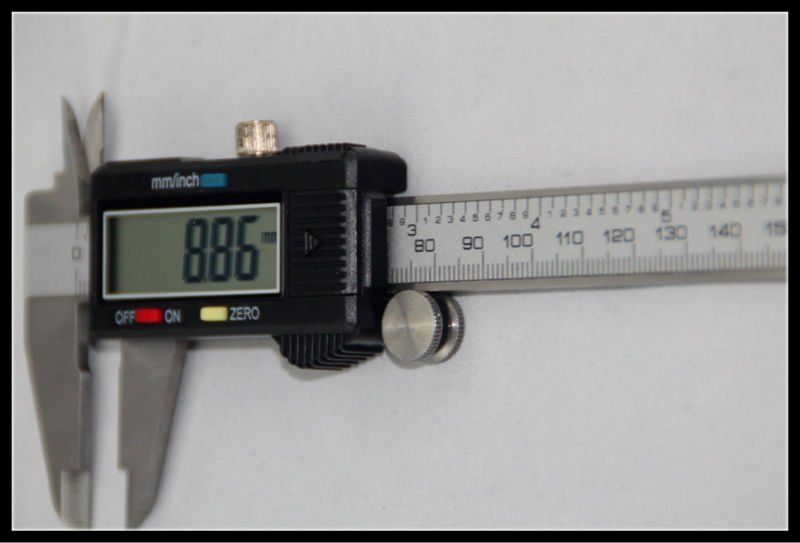We were issued with materials to construct a bridge which would hold a reasonable load. we started by sketching how the bridge might look like as in the drawing below.
We built it using the straws, cello- tape and blue tack. there was also a string to suspend the weights during the testing of the bridge. This bridge out classed other groups work by carrying more load because it had triangular supports which made the base to resist bending forces to a larger extent.
1. Bridge constructed from the above sketch. (Burmese bridge)
2. This is what we did to reinforce the bridge underneath as at the top to increase its weight carrying capacity.

The idea of just only reinforcing the initial bridge was because we had learnt that the height or depth of any item improves its stiffness or strength against sagging due to load applied. we had calculated two examples of moments of inertia in class. This made us to realise that even though the bridge can be narrow, with the reinforcements making the structure deep and tall enough, it would manage to support more load. It finally did so supported by the class calculations below.
This is to show dimensions of the bridge.
4. The bridge in three dimensions.
This bridge (Burmese bridge) carried the heaviest load than all .bridges built by other groups as verified by the facilitator's results after testing all bridges. results can be viewed through the link below.








